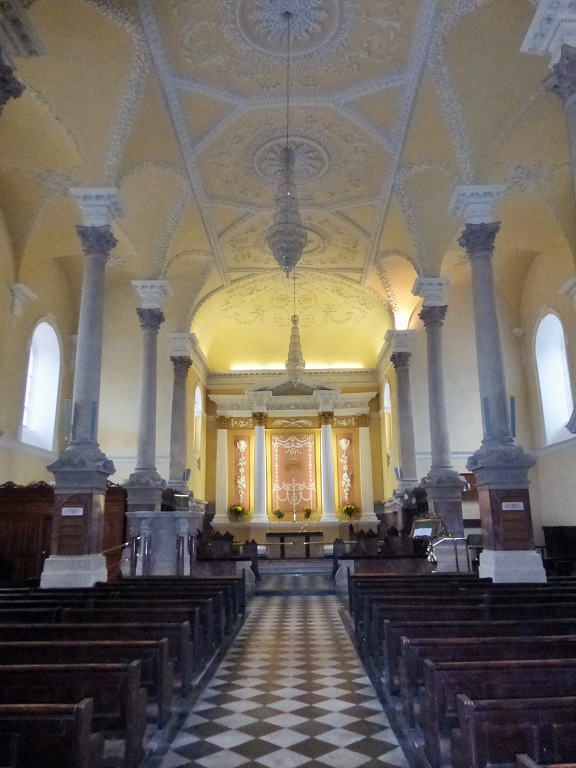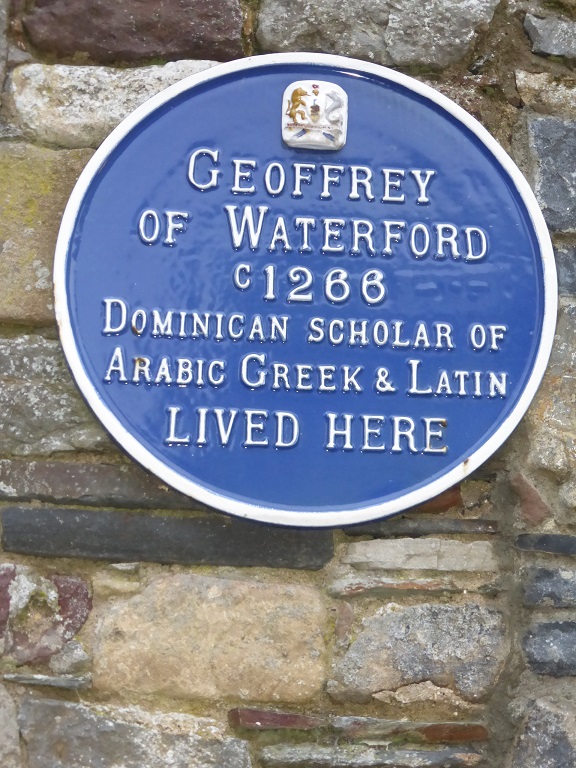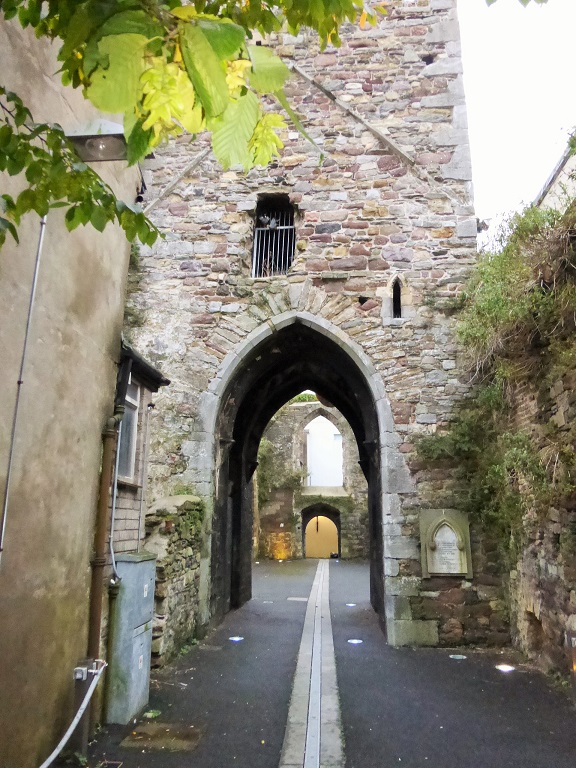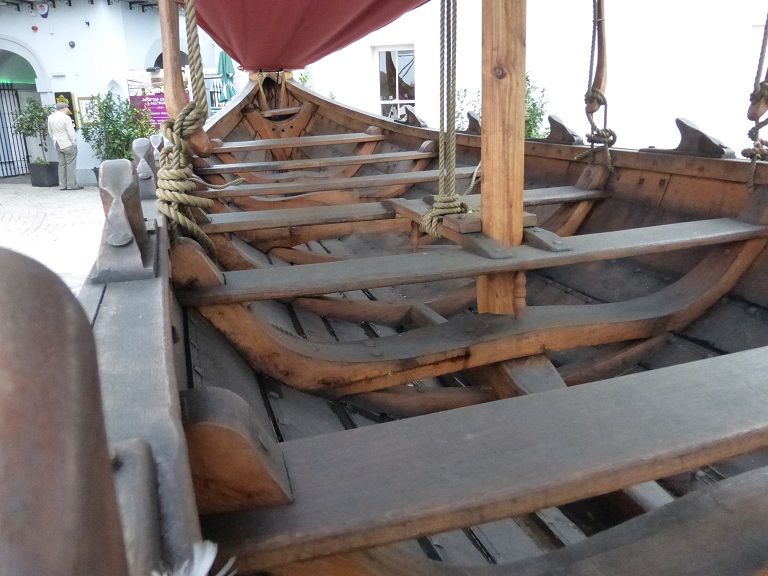

Christ Church - 1774 to 1780
Designed by John Roberts
| Page 04 ~ Town of Waterford Tour |
|
 |
 |
||
|
Designed by John Roberts |
 |
 |
||
|
Stone Buildings |
 |
 |
||
|
Boats Were Small and Easily Manuervered on Rivers |
 |
 |
||
|
Great Deserts |
Waterford
Waterford (from Old Norse Veđrafjorđr, meaning "ram fjord"; Irish: Port Láirge, meaning "Lárag's port") is a city in Ireland. It is located in the South-East Region and is also part of the province of Munster.
With a population of 46,732, Waterford is the oldest and fifth most populous city in the State and the 32nd most populous area of local government.
Following the Local Government Reform Act 2014, Waterford City and County Council is the local government authority for the city. The authority came into operation on 1 June 2014. Prior to this the city had its own local council, Waterford City Council. The new Council is the result of a merger of Waterford City Council and Waterford County Council. The Council has 32 representatives (councillors) who are elected from five electoral areas. The city itself forms three of the electoral areas – which when combined form the Metropolitan District of Waterford – and returns a total of 18 councillors to Waterford City and County Council. Residents in these areas are restricted to voting for candidates located in their ward for local elections. The office of the Mayor of Waterford was established in 1377. A mayor is then elected by the councillors from the two electoral areas of the Metropolitan District of Waterford every year, and there is no limit to the number of terms an individual may serve. Mary O'Halloran who was mayor during 2007–2008 was the first woman to hold the post. The current mayor is John Cummins.
Viking raiders first established a settlement near Waterford in 853. It and all the other longphorts were vacated in 902, the Vikings having been driven out by the native Irish. The Vikings re-established themselves in Ireland at Waterford in 914, led at first by Ottir Iarla (Jarl Ottar) until 917, and after that by Ragnall ua Ímair and the Uí Ímair dynasty, and built what would be Ireland's first city. Among the most prominent rulers of Waterford was Ivar of Waterford.
In 1167, Diarmait Mac Murchada, the deposed King of Leinster, failed in an attempt to take Waterford. He returned in 1170 with Cambro-Norman mercenaries under Richard de Clare, 2nd Earl of Pembroke (known as Strongbow); together they besieged and took the city after a desperate defence. In furtherance of the Norman invasion of Ireland, King Henry II of England landed at Waterford in 1171. Waterford and then Dublin were declared royal cities, with Dublin also declared capital of Ireland.
|
|